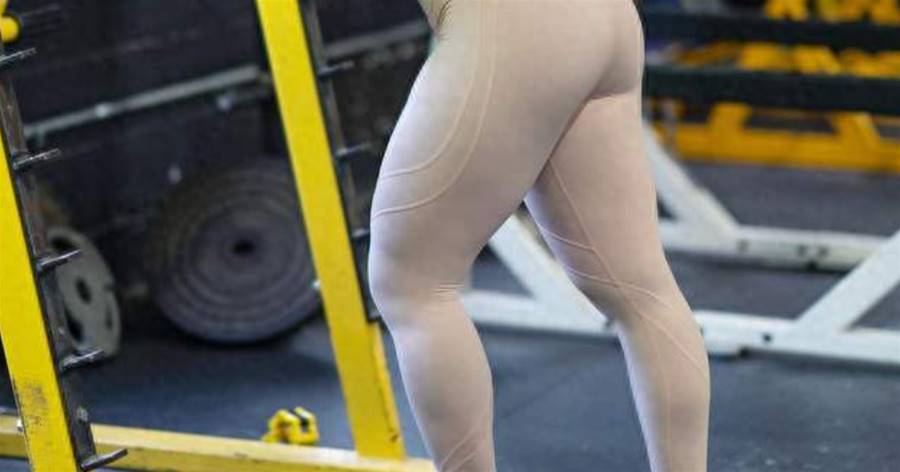
1. Shifting Focus to Health in Middle-Aged and Elderly People: As people age, their focus often shifts from careers to maintaining good health. Living a healthy life in old age becomes a priority for many. 2. Concerns about Body Shape Among Older People: More and more elderly individuals are paying attention to body shape management. They recognize the close relationship between a healthy body and overall health.
3. Health Risks of Centripetal Obesity: Central obesity, where fat accumulates around the abdomen, is a common struggle for middle-aged individuals. Research shows that this type of obesity can increase the risk of fatty liver and liver dysfunction.

4. Implications of Obesity on Health: Obesity in any part of the body can lead to various health problems such as high blood pressure and diabetes.
Recent studies have also highlighted the link between body shape and overall health.
5. Different Body Shapes and Their Health Risks: Different body shapes have different health implications. For example, individuals with fat accumulation around the neck area are more likely to have heart-related problems. Centripetal obesity is also associated with a higher risk of heart diseases and chronic inflammation.

6. Body Shape and Longevity: Research on 2.5 million people revealed some correlations between body shape measurements and health. Waist circumference, thigh circumference, and hip fat were found to be significant indicators. Surprisingly, certain types of obesity were linked with a lower risk of premature death.
7. Key Measurements for Longevity: Five indicators can help assess a person's potential for a longer life span. These include waist circumference, hip circumference, neck circumference, waist-to-hip ratio, and body mass index (BMI).

8. Importance of Waist and Hip Circumference: Waist circumference is particularly important for women's health.
Men should aim for a waist circumference of less than 90 cm, while women should strive for less than 85 cm. Conversely, a larger hip circumference is associated with a lower risk of cardiovascular diseases.
9. Significance of Neck Circumference: Neck circumference reflects the distribution of subcutaneous fat in the neck area. A healthy neck circumference for adult men is less than 38 cm, while for women, it should be less than 35 cm.

10. Importance of Waist-to-Hip Ratio and BMI: A waist-to-hip ratio of 1:1 indicates central obesity and an increased risk of related diseases. BMI, calculated using weight and height, can also indicate obesity. A BMI greater than or equal to 28 signifies obesity and requires lifestyle changes.

11. Taking Action for a Healthier Future: Understanding the link between health and obesity is crucial. By measuring these indicators and assessing body shape, individuals can decide whether they need to manage their weight for better health.




















